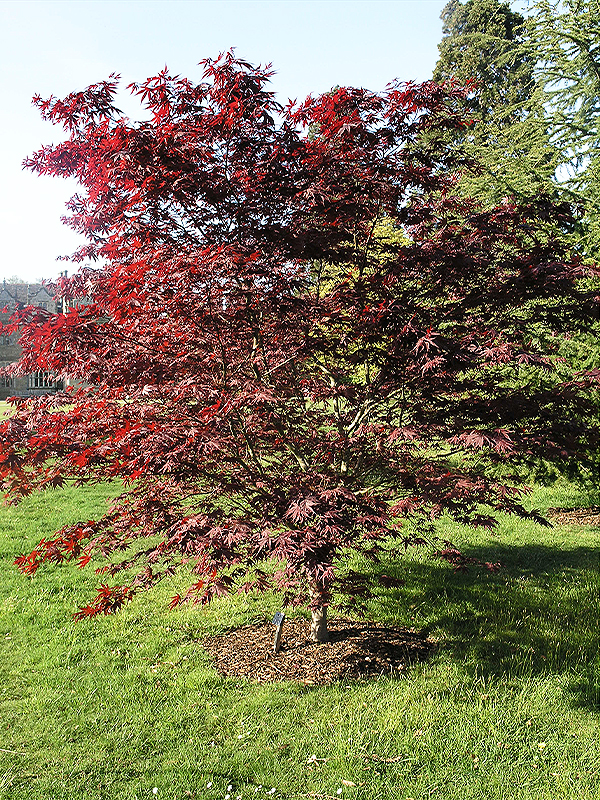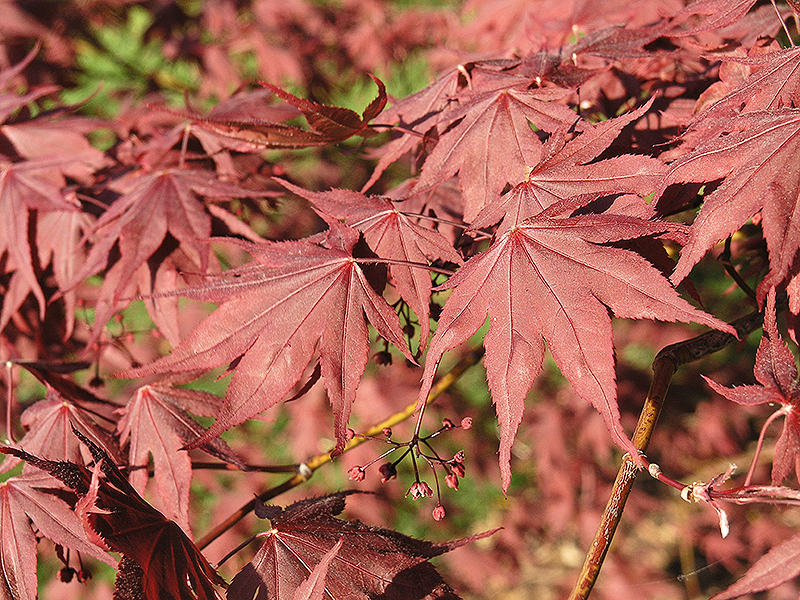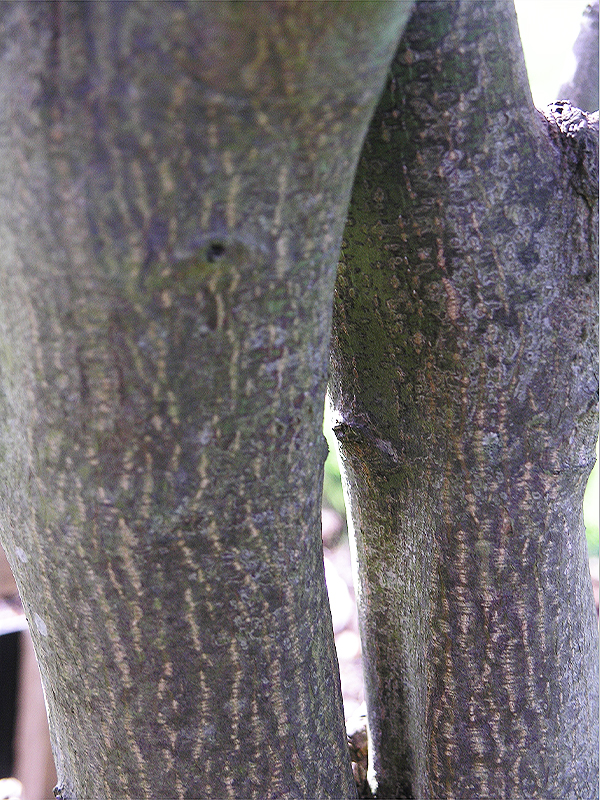
Woody > Acer > Acer palmatum > Acer palmatum 'Bloodgood'
Acer palmatum
'Bloodgood'
Bloodgood Japanese Maple
Origin: Bloodgood Nurseries, Long Island, New York, United States of America.
Mike's
Opinion


"
The definitive characteristics and incandescent, warm appearance give the 'Bloodgood' Japanese maple, an appeal that allows it to fit in with virtually any landscape decor.
Michael Pascoe, NDP., ODH., CLT., MSc. (Plant Conservation)
"
| Family |
| Sapindaceae (Aceraceae) |
| Genus |
| Acer |
| Species |
| palmatum |
| Cultivar |
| 'Bloodgood' |
| Category |
| Woody |
| Type |
| Tree (deciduous) |
| USDA Hardiness Zone |
| 5 - 8 |
| Canadian Hardiness Zone |
| 4a - 8a |
| RHS Hardiness Zone |
| H7 - H4 |
| Temperature (°C) |
| (-26) - (-7) |
| Temperature (°F) |
| (-15) - 20 |
| Height |
| 5 m |
| Spread |
| 6 m |
Photographs
Description and Growing Information
Flowering Period
| General Description |
| Has a more or less rounded form. The spread is comparatively equal in dimensions to the height. It's relatively fine texture gives it a delicate contrast to other landscape plants. |
| Cultivation |
| Does best in full sun to partial shade. It is particular about soil conditions, with a preference for rich, neutral soils with a pH of 4 - 7.5. One should consider applying ample mulch around the root zone in the winter. |
| Shape |
| Roughly rounded crown. |
| Growth |
| Medium |
| ID Characteristic |
| Palmate leaves with red petioles, beneath the canopy the leaves have traces of green by comparison to the rest of the leaves which are red. |
| Pests |
| Anthracnose, verticillium wilt, aphids and leaf cutters. |
| Habitat |
| Horticultural origin. |
| Bark/Stem Description |
| The trunk is smooth and grey, with whitish striations, the branches have an olive green colour. |
| Flower/Leaf Bud Description |
| Are small and green or red, often double terminal with high leaf scars that form a collar around the bud. |
| Leaf Description |
| Palmate, 10 cm long to 13 cm wide. Double serrate with five main lobes, two smaller near the petiole, and a simple venation pattern. |
| Flower Description |
| It features subtle clusters of red flowers that rise above the foliage in mid spring before the leaves emerge. Quite attractive when in bloom. |
| Fruit Description |
| Samaras or 'winged' seeds measuring 12-15 mm in length. They appear in April and ripen to red in the summer. |
| Colour Description |
| Wine-red or burgundy in spring, holding it's colour throughout the summer, bright vermillion in the autumn. |
| Texture Description |
| The leaves have a soft papery texture on the upper surface. The under-side has significantly raised venation and an even smoother feel. |
| Notable Specimens |
| The Garden of Fanshawe College, London, Ontario, Canada. |
| Propagation |
| Usually propagated from cuttings, virtually trouble-free rooting and amongst the most winter hardy cultivars. |



